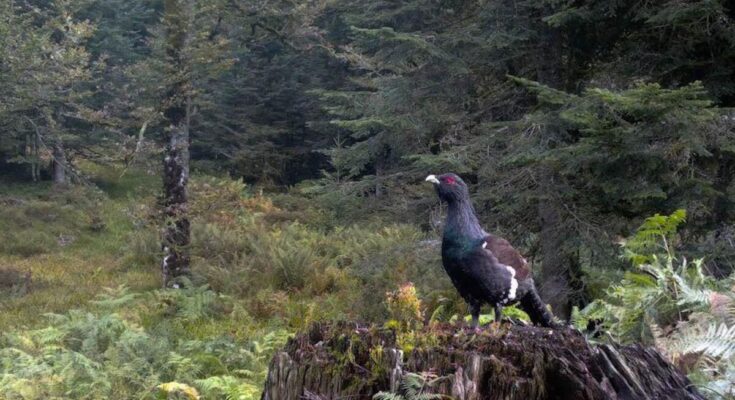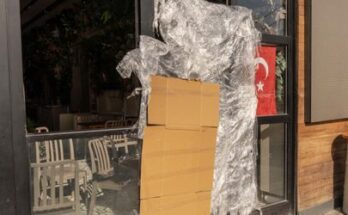The environmental protection association never gave him any doubts. In their opinion, the capercaillie reintroduction program in the Vosges mountains is doomed to failure. “Yes, this is a failure, and we knew it before,” said Dominique Humbert, president of the SOS Massif des Vosges association, a group strongly opposed to reintroduction led by the Ballons des Vosges Regional Natural Park (PNR).
“We cannot reintroduce a species to a place where it has just disappeared, that is simply stupid! » continues Dominique Humbert. Climate change, overpopulation in the region… The environment is no longer hospitable to this capercaillie, considered the largest forest bird in Europe. “Human disturbances are constant, in summer and winter: car traffic on the Route des Crêtes, the explosion of outdoor recreational activities, motorized or not” confirms SOS Massif des Vosges.
The state’s “prank”, a term used by environmental protection associations, consists of capturing them in Norway, transporting them in veterinary vehicles to France, and then releasing them in the Vosges, until 2028.
To date, after the first “translocation,” seven of the nine birds have died. And after the second campaign last spring, of the seven people who arrived in the Vosges, only one remained, and at best, a second, whose GPS signal never worked. PNR also provides these estimates.
Patience…
According to the Ballons des Vosges Regional Natural Park, “survival is estimated between 25 and 31%. The main cause of death has been well identified. It concerns nocturnal predation of carnivorous mammals, especially pine badgers,” explained the communications service, adding that “two to three matings occurred en masse. All three broods were predated by carnivorous mammals or wild boars without protection.”
For PNR, we must not draw conclusions hastily, and must be patient. “Capercaillie is a sensitive and vulnerable species, this strengthening project is carried out over the long term, namely fifteen years, with the aim of sustainable nature protection,” added the National Park communication.
Opponents, however, regret their stubbornness in wanting to reintroduce this endangered species, and decry financial mismanagement. “This is a program that is very detrimental to the country,” criticized Dominique Humbert. Exactly 380,000 euros per year according to figures published by the PNR.
The program was attacked in court by its opponents. But last June, Nancy’s administrative court rejected the association, concluding that “the introduction of the Norwegian specimen is of sufficient public interest.”. Therefore, the program was allowed to continue, “on an exploratory basis,” for three years. The Association appealed this decision. The trial date is not yet known.



